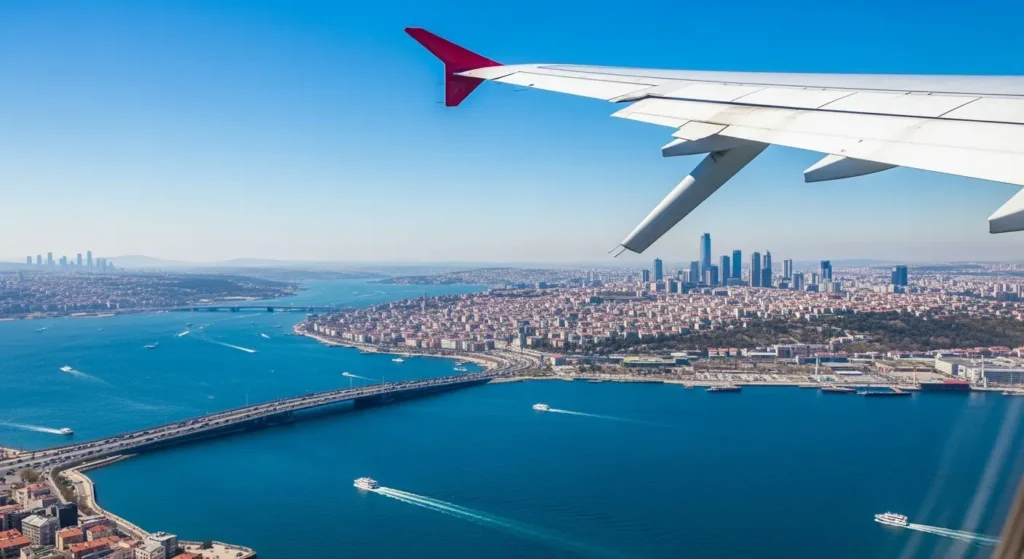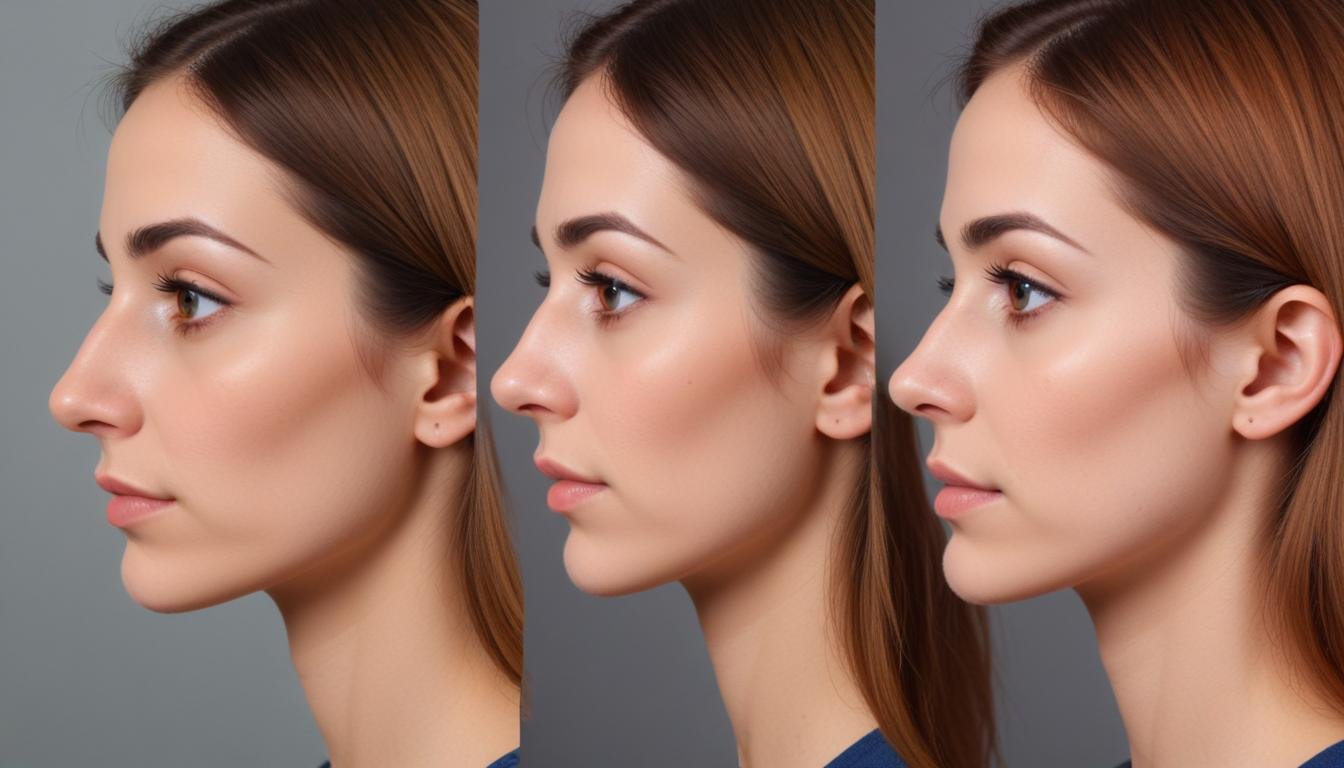Cosmetic Rhinoplasty in Turkey
Let’s be honest: you’ve probably analyzed your nose from every conceivable angle. You know exactly how it looks in selfies, bathroom mirrors, and those nightmare moments when someone tags you in an unexpected photo. You’re tired of turning your head to hide your “good side” and feeling like your nose dominates every conversation before you even speak.
If this resonates, you’re in the right place. This guide cuts through the medical jargon to give you the real story about cosmetic rhinoplasty.
What Is Cosmetic Rhinoplasty?
Cosmetic rhinoplasty is the art and science of reshaping your nose to create better facial harmony. Your nose is basically a complex 3D sculpture made of bone, cartilage, and soft tissue. The upper third is bone (where bumps usually live), the middle section is a mix of bone and cartilage, and the lower third is mostly cartilage (your tip and nostrils). Think of it like renovating a house. Sometimes you just need to knock down one wall (remove a bump), sometimes you need to rebuild the entire roof (reshape the tip), and sometimes you need comprehensive restructuring.
What Rhinoplasty Can Actually Fix
The Bump Problem: That bridge bump isn’t a character flaw—it’s usually excess bone or cartilage. Removing it is like smoothing a rough edge on a sculpture.
Projection Problems: Some noses don’t project enough from the face, while others project too much. Both can be corrected through cartilage reshaping or grafting techniques.
Droopy Tips: A droopy tip makes you look tired or older. The fix involves reshaping tip cartilages to create better projection and a more youthful angle.
Width Issues: Wide nasal bridges can be narrowed through controlled bone repositioning. Wide or asymmetrical nostrils can be refined through careful tissue adjustment.
The Two Main Approaches
Closed Rhinoplasty is like performing surgery through a keyhole. All incisions are inside the nostrils, leaving no visible scars. Perfect for less complex changes with faster initial healing, but limited surgeon visibility.
Open Rhinoplasty involves a tiny incision across the columella (tissue between nostrils). This gives full surgical access for complex restructuring. The scar is barely visible and fades to a fine line.
What Actually Happens During Surgery
Pre-Surgery: Consultations, medical clearance, and detailed planning. Computer imaging shows potential outcomes, but remember—it’s a guide, not a guarantee.
Surgery Day: Under general anesthesia, the procedure takes 2-4 hours depending on complexity. The surgeon reshapes bone and cartilage according to the plan, makes adjustments, and checks everything from multiple angles.
Wake-Up: You’ll have a splint and possibly internal packing. Most people describe it as pressure rather than pain.
Recovery Reality Check
Week 1: You’ll look like you lost a fight with a door. Swelling peaks around day 2-3, then starts subsiding. Most people take a week off work because of appearance, not pain.
Week 2-4: Splint comes off, revealing your new nose (still very swollen). About 70% of swelling resolves during this period. You’ll see dramatic changes but want to see more—this is normal.
Month 2-6: Gradual refinement continues. You can return to all activities, including exercise.
Month 6-12: The final 10-20% of swelling resolves. Your nose reaches its final shape. Patience is crucial—rhinoplasty is a marathon, not a sprint.
What Nobody Tells You
Your nose will feel weird for months—numb, stiff, or just “different.” This gradually improves as nerves heal.
You might temporarily hate it around week 2-3 when swelling makes everything look unnatural. Don’t panic—it gets better.
Breathing might be temporarily worse due to swelling, even with purely cosmetic surgery. This almost always improves.
You’ll become photo-obsessed, taking countless pictures from every angle. This behavior eventually fades.
People will notice something different but won’t know what. The best results look like you just started taking better care of yourself.
Choosing Your Surgeon
This isn’t bargain-shopping territory. Your face isn’t a practice canvas.
Non-Negotiables
- Board certification in plastic surgery
- Significant rhinoplasty experience (hundreds of cases)
- Hospital privileges at accredited facilities
- Natural-looking before/after photos
- Patients willing to discuss their experience
Red Flags
- Pressure to decide immediately
- Reluctance to show credentials
- Promises of “perfect” results
- Significantly cheaper pricing than qualified competitors
- Operating in non-accredited facilities
The Financial Reality
Rhinoplasty isn’t cheap, and it shouldn’t be. You’re paying for years of training, artistic skill, and expertise to avoid complications.
Costs vary based on surgeon experience, location, case complexity, and included aftercare. Consider hidden expenses like time off work, aftercare supplies, and potential revision surgery.
When NOT to Get Rhinoplasty
- You’re doing it for someone else: This decision must be 100% yours
- You expect perfection: No surgeon can guarantee flawless results
- You’re going through major life stress: Emotional state affects healing and satisfaction
- You haven’t researched thoroughly: If you can’t explain the risks and recovery, you’re not ready
The Psychology Factor
Changing your face changes how you see yourself. Some temporary identity confusion is normal as you adjust to your new appearance. Surgery can boost confidence significantly, but it doesn’t solve underlying self-esteem issues or life problems.
Making Your Decision
Ask yourself:
- Have I wanted this change for at least a year?
- Am I doing this for myself, not others?
- Do I understand the risks and recovery?
- Can I afford it without financial strain?
- Have I researched surgeons thoroughly?
If you answered yes to all these questions, you might be ready to move forward.

Why Turkey Has Become a Global Destination
Turkey, particularly Istanbul, has emerged as a world leader in cosmetic rhinoplasty. Turkish surgeons have gained international recognition for their expertise with diverse facial structures, thanks to the country’s position at the crossroads of Europe and Asia.
The medical infrastructure rivals anywhere in the world—over 40 JCI-accredited hospitals in Istanbul with state-of-the-art facilities. Many Turkish plastic surgeons trained at prestigious US and European institutions before returning home, bringing cutting-edge techniques to a healthcare system that prioritizes patient care.
The cost advantage is significant—typically 60-75% less than equivalent procedures in the US or UK, even including travel expenses. But the real value lies in accessing world-class expertise with comprehensive care that eliminates medical tourism headaches.
Isthetique Medical Tourism, led by Dr. Khalique Zahir, represents this new standard. Dr. Zahir brings US board certification and Yale training to Istanbul, combining American medical standards with Turkish hospitality and significantly lower costs.
The all-inclusive approach coordinates everything from surgery to luxury accommodation, VIP transfers, and telehealth follow-up. For many patients, this comprehensive care model, combined with recovering in one of the world’s most beautiful cities, makes the journey worthwhile beyond just cost savings.
Ready to explore your options? Schedule a free consultation with our experts to discuss your goals and learn whether cosmetic rhinoplasty is right for you.
Your reflection is waiting. Make those 147 daily glances count.


